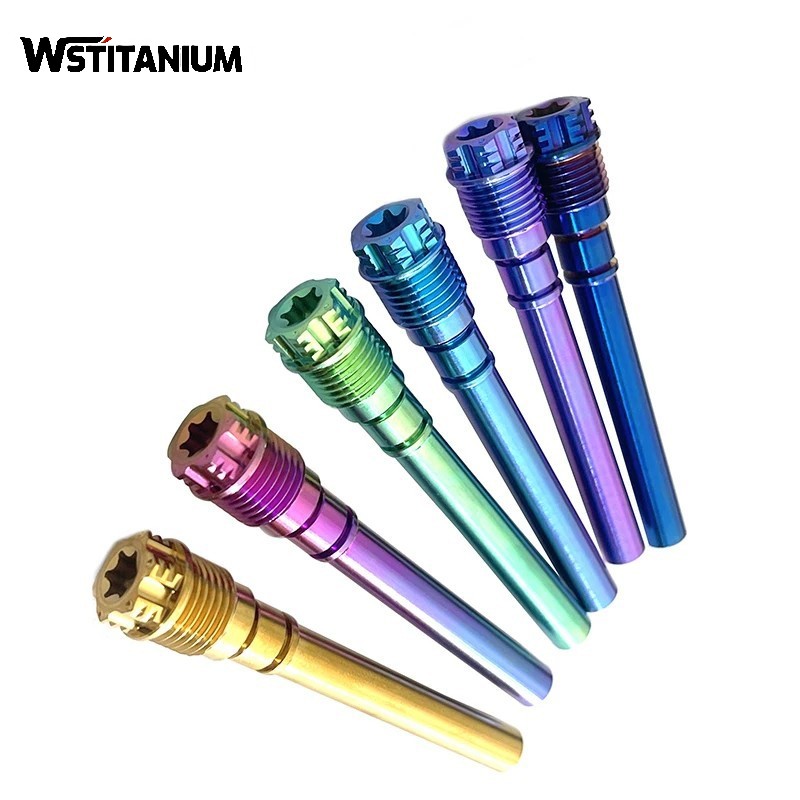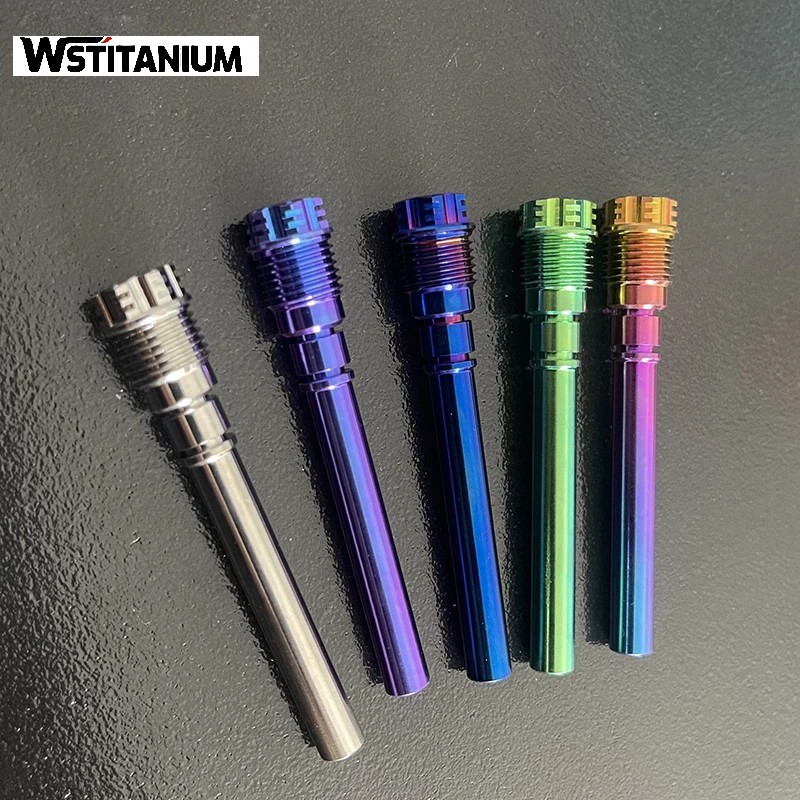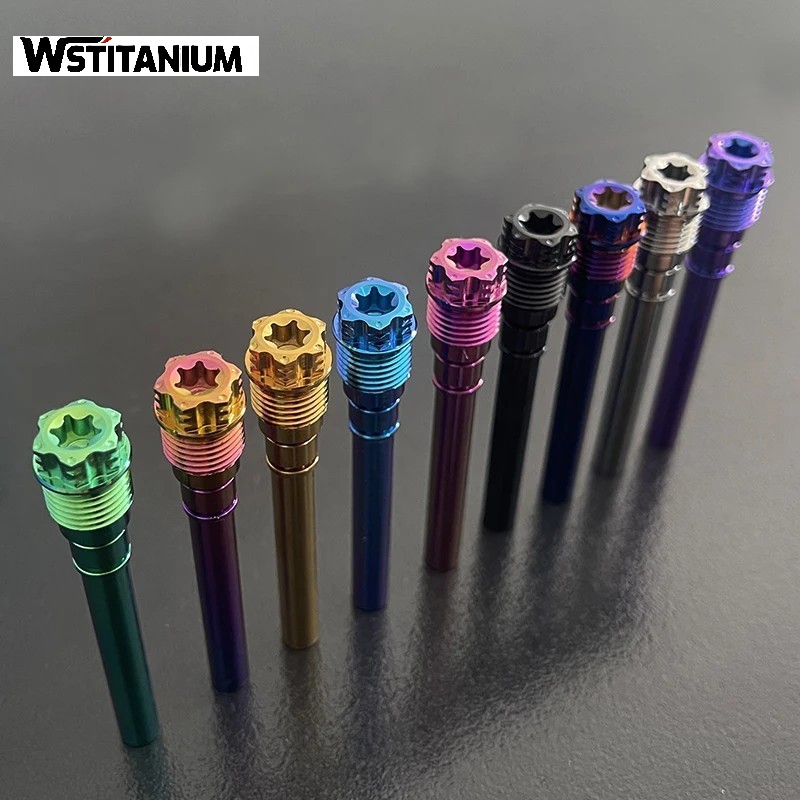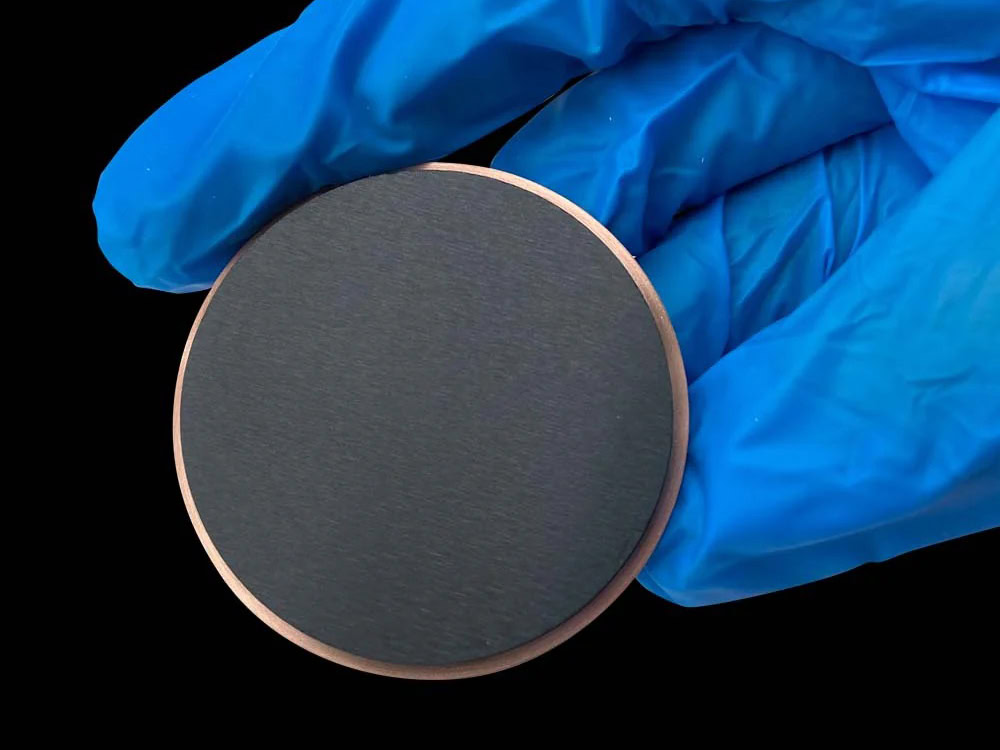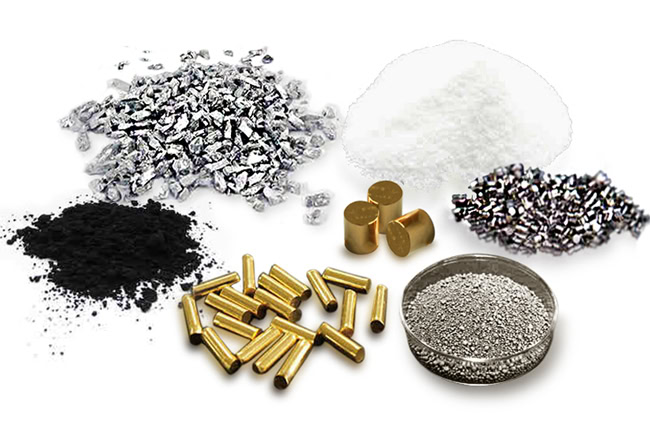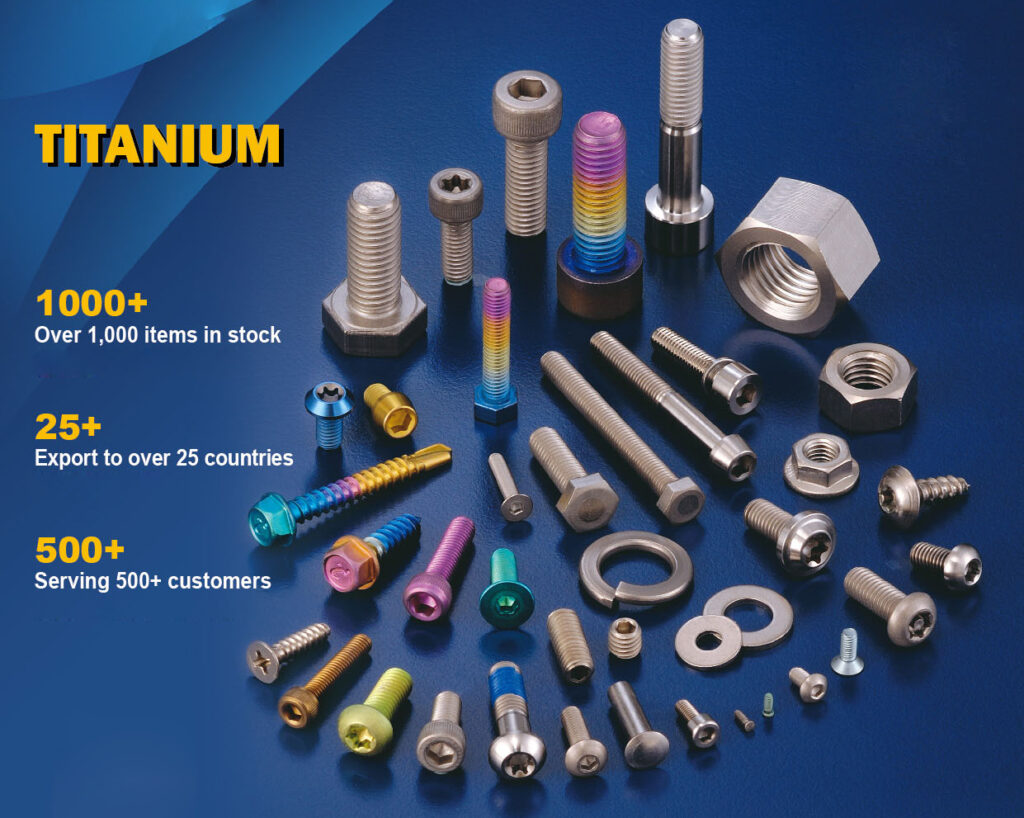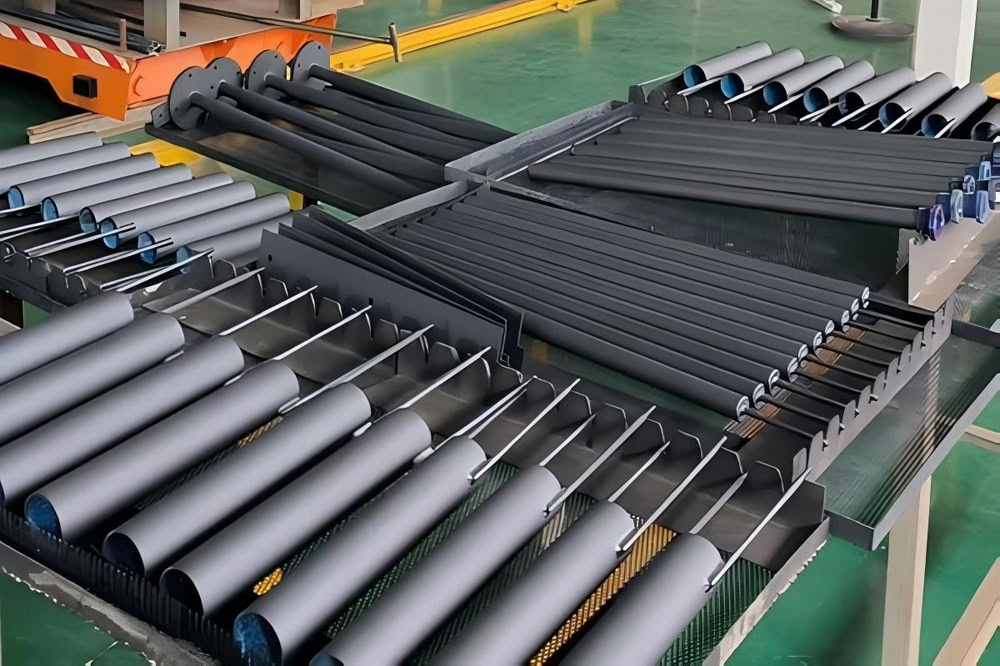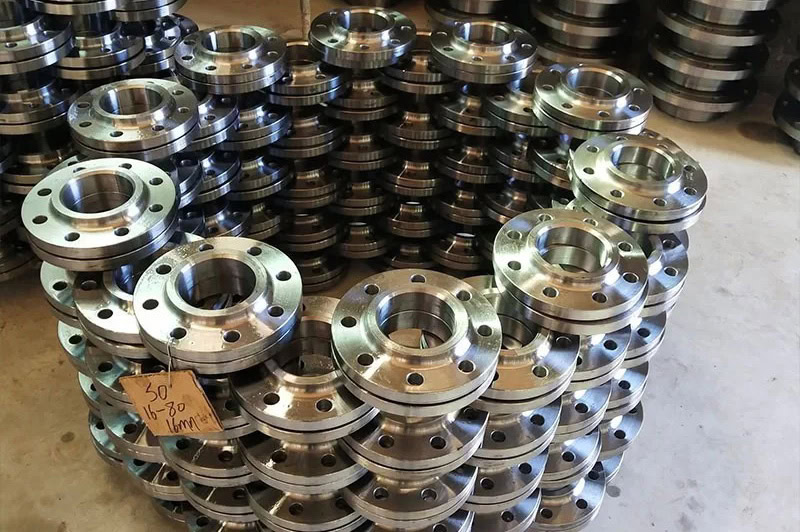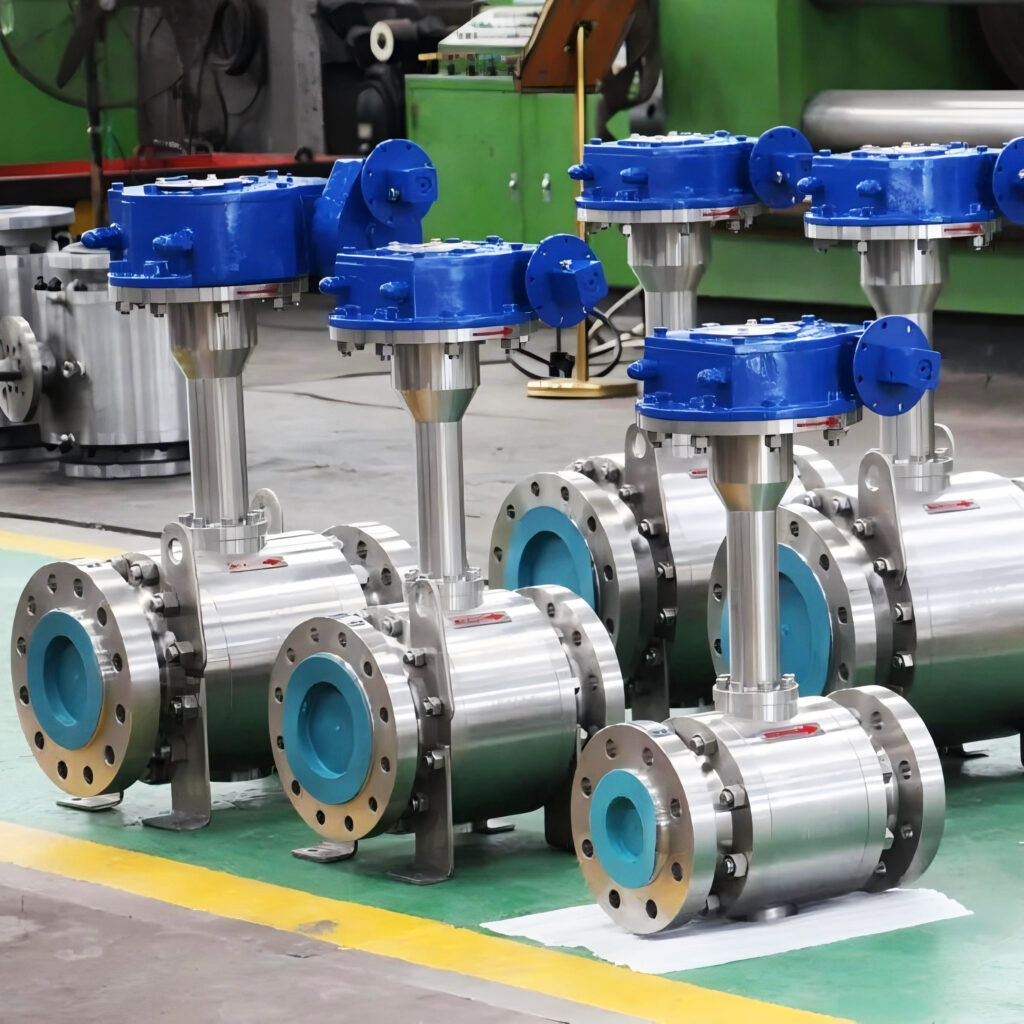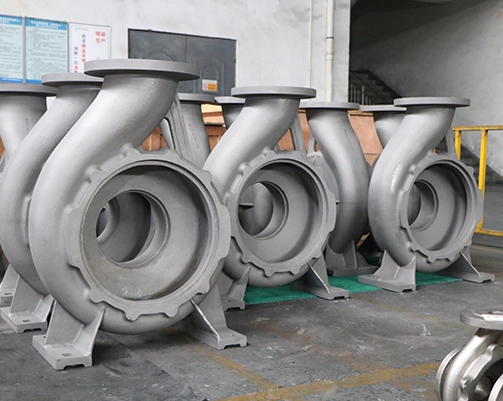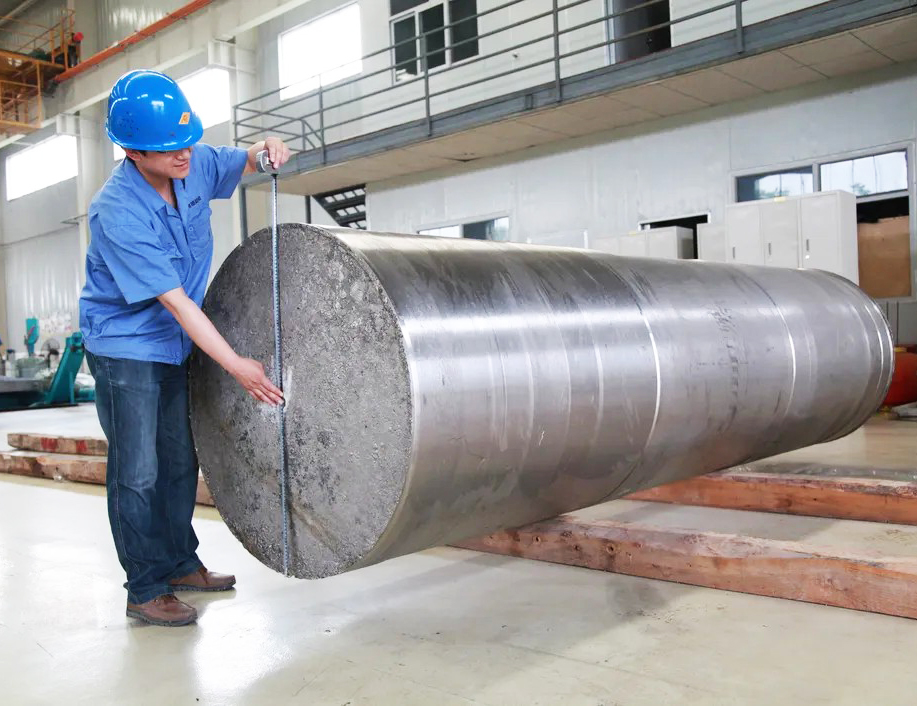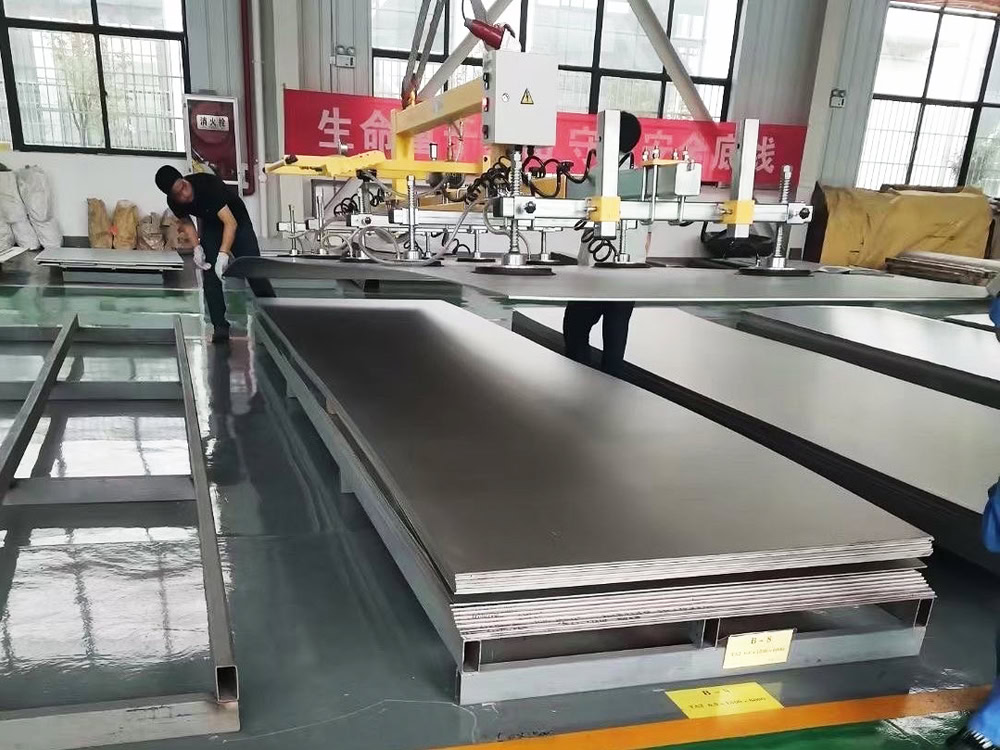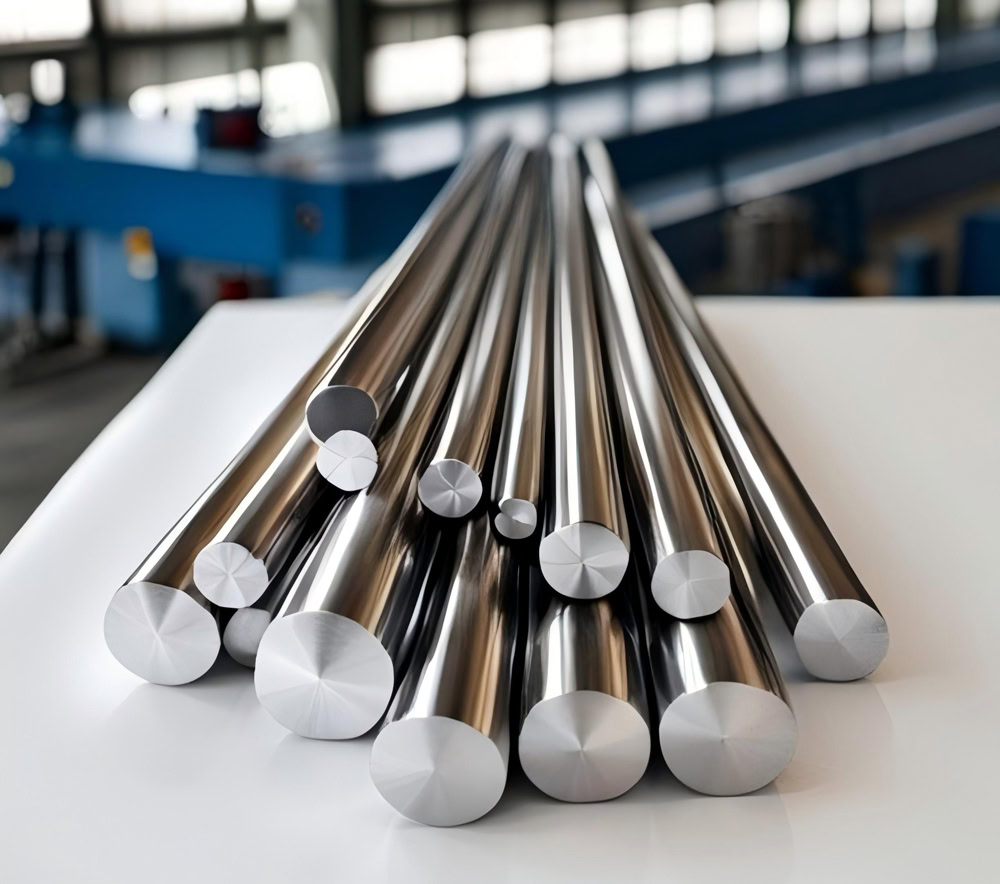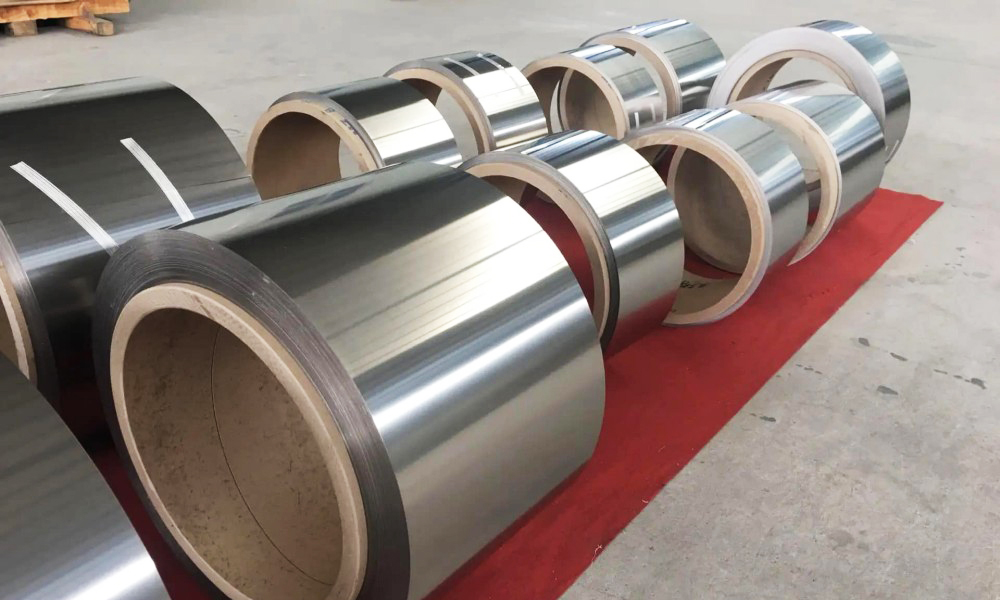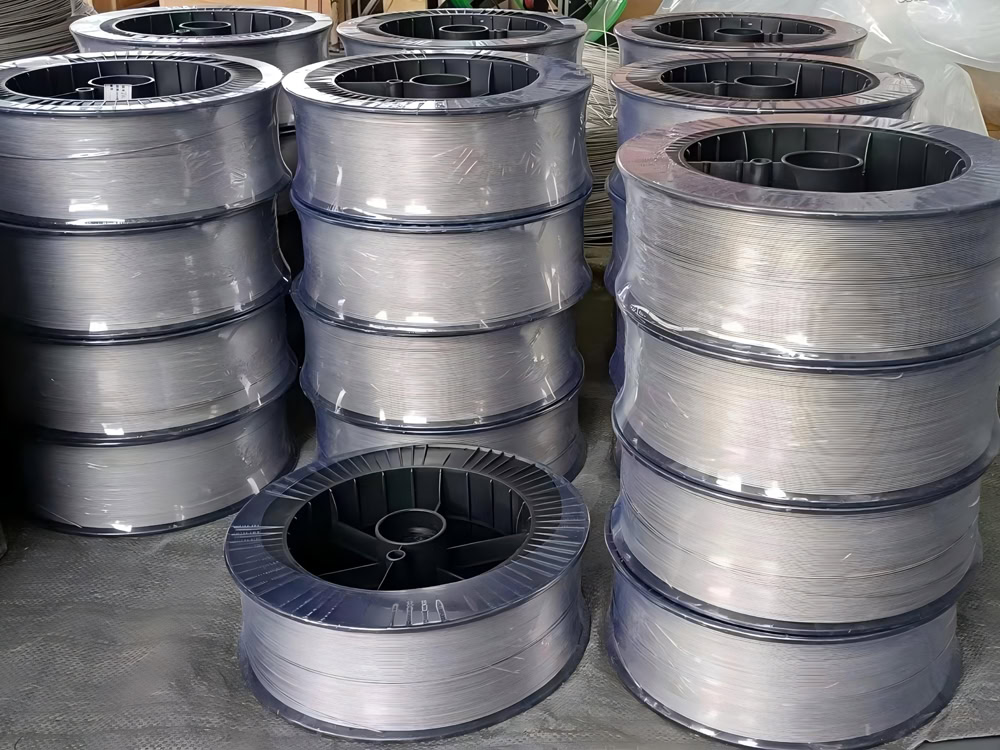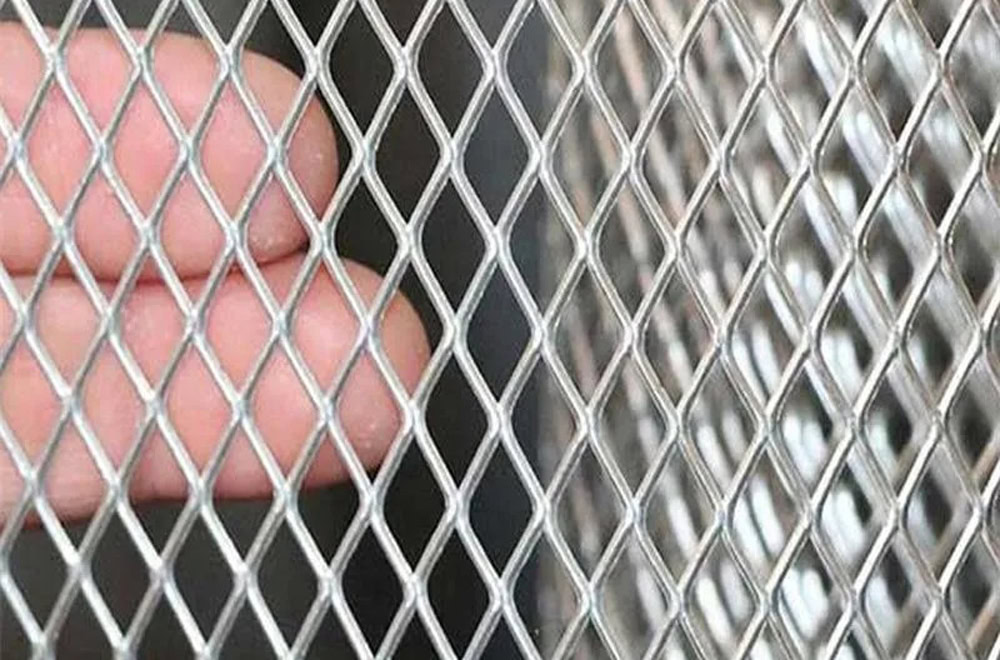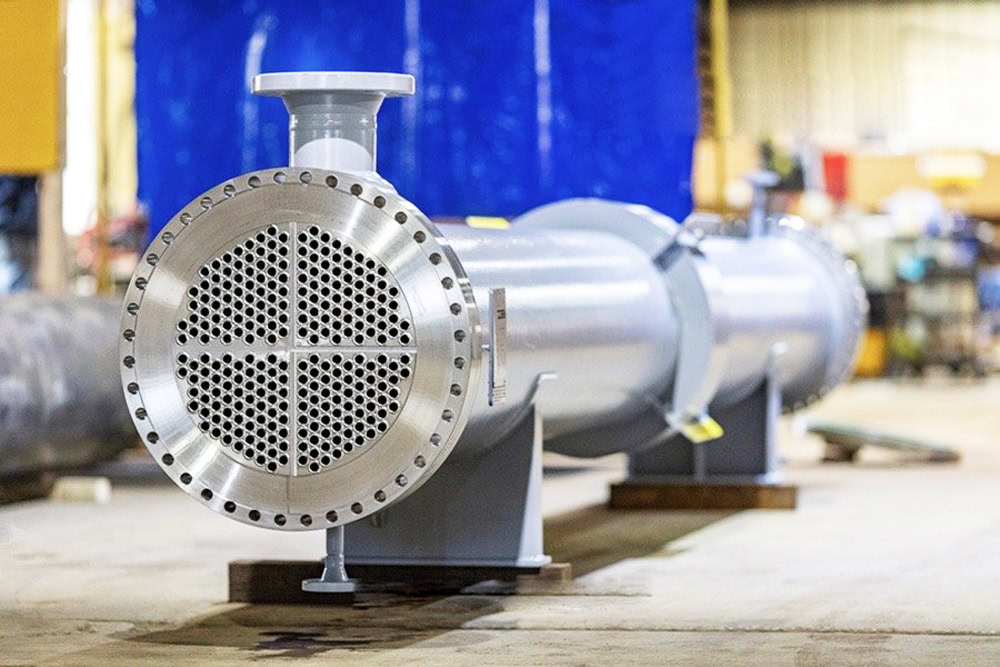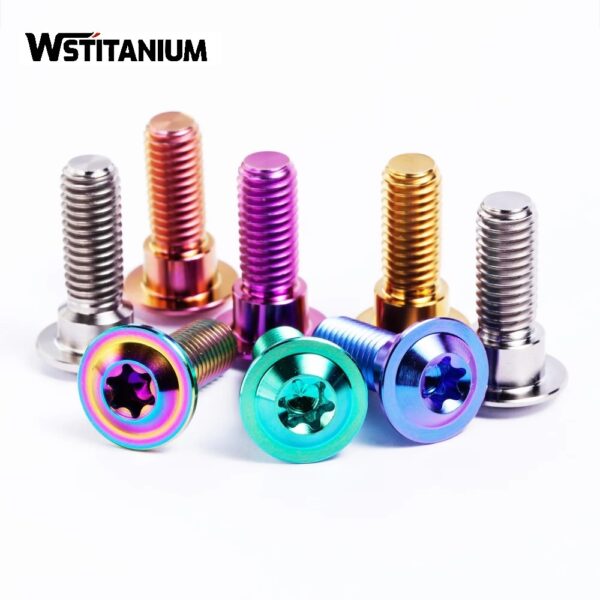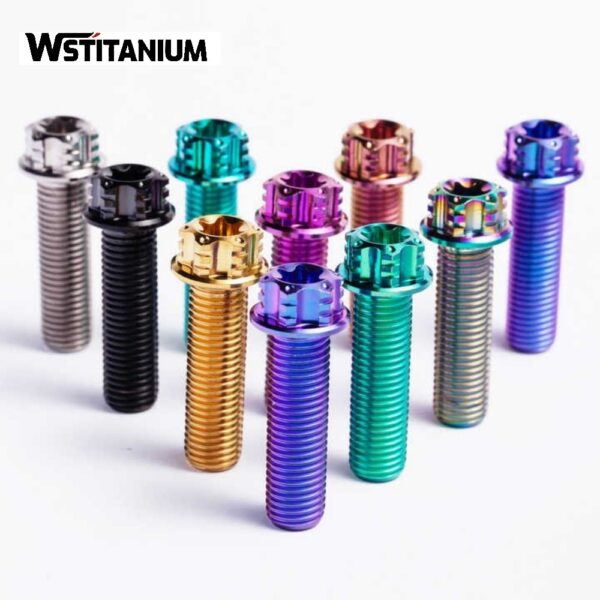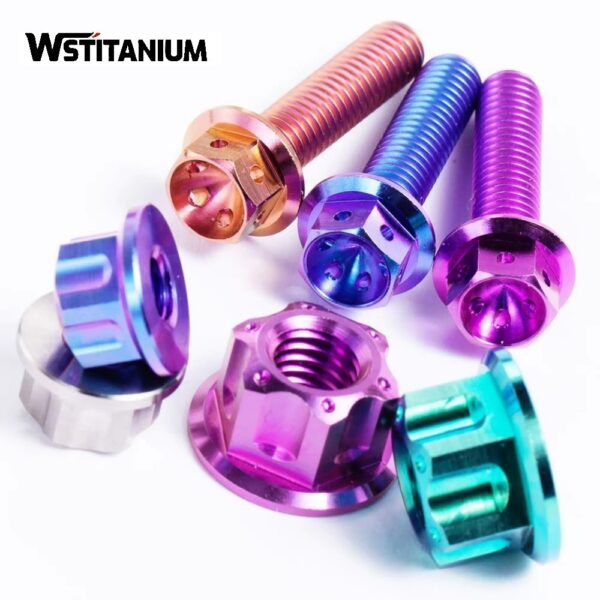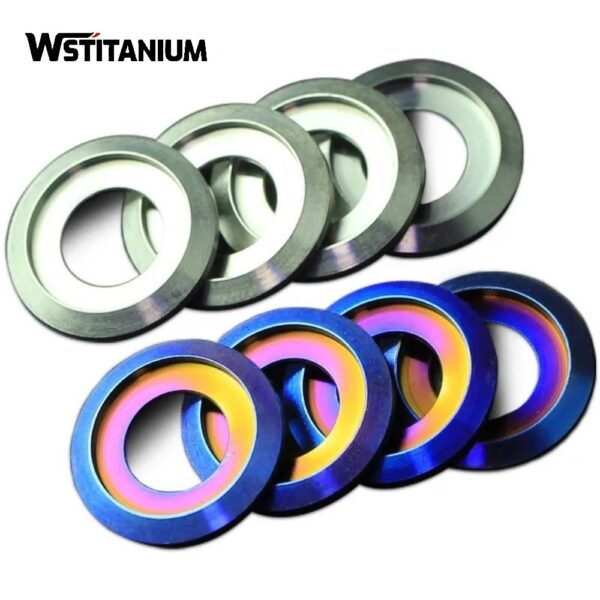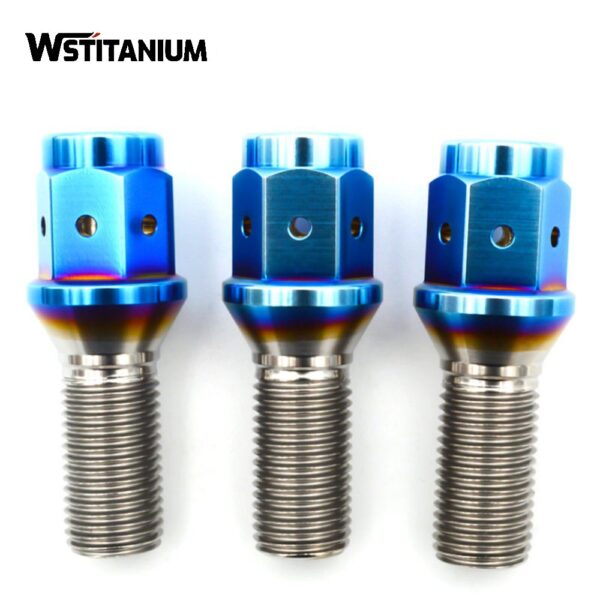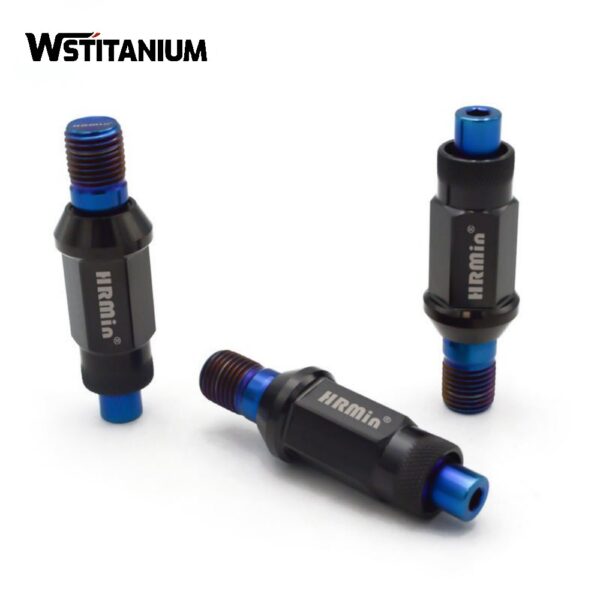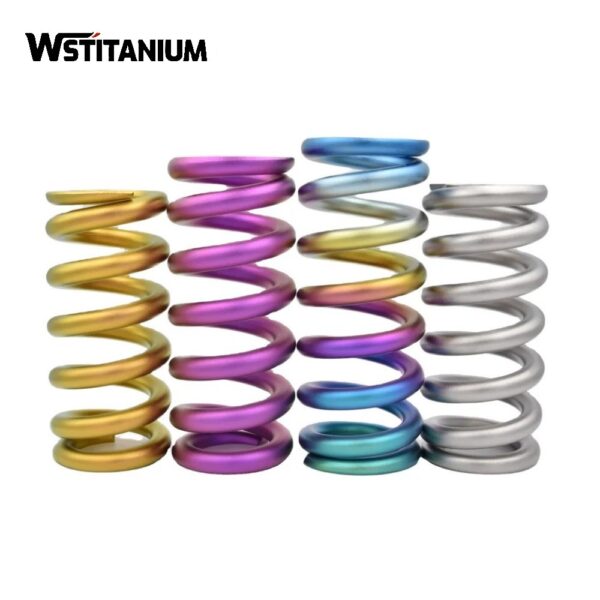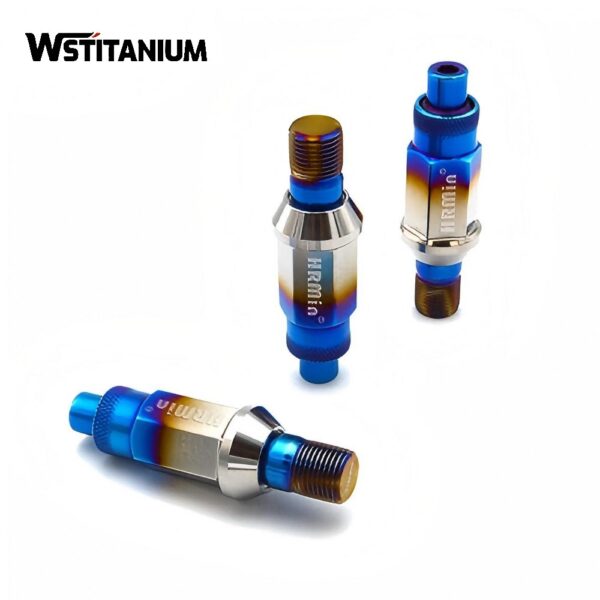Motorcycle Titanium Bolts Pin
Certified: CE & SGS & ROHS
Shape: Requested
Diameter: Customized
Drawings: STEP, IGS , X_T, PDF
Shipping: DHL, Fedex, or UPS & Ocean Freight

20+ YEARS EXPERIENCE SENIOR BUSINESS MANAGER
Ask Michin For What You Want?
| Product name | Custom Manufacturing Titanium Caliper bolt | Head Type | Flat/Hex/Pan/Hexagonal etc |
| Size | M2-M20,or non-standard as request & design | Thread | UNC, UNF, UNEF, M, BSW, BSF, TR, ACME, NPT TP |
| Material | GR5 titanium | Color | Anodized various colors, optional |
| Standard | GB, DIN, ISO, ANSI/ASTM,, JIS etc | Material | Gr1 Gr2 Gr3 Gr4 Gr5 Gr6 Gr7 Gr9 Gr11 Gr12 Gr23 |
| Non-standards | OEM is available, according to drawing or samples | Application | Aerospace, medical, chemical, automobile, motorcycle, bicycle |
| Finish | Polishing+Anodizing+Polishing | Mark | Customer’s requirement |
| Package | Polybag packing+carton packing | Application | Aerospace, medical, chemical, automobile, motorcycle, bicycle |
| Certification | ISO9001:2000 | MOQ | 100 pieces |
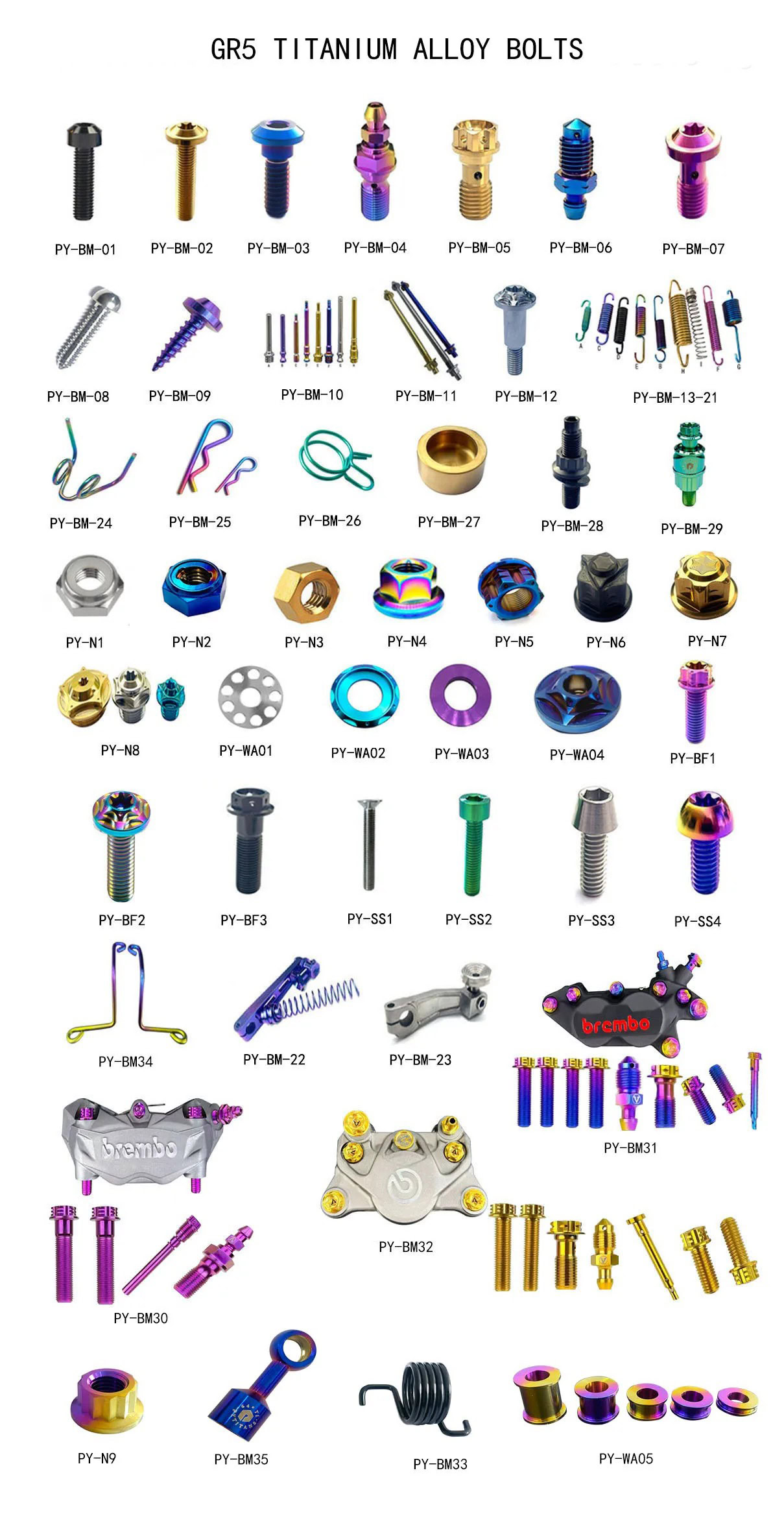
Titanium pins, in terms of shape, are usually slender cylinders, and they play a key role in industry, such as connection, positioning, and fixing. Titanium or titanium alloys give titanium pins many excellent properties. From a microscopic perspective, the crystal structure and atomic arrangement inside the titanium pin determine its macroscopic performance. For example, the close-packed hexagonal crystal structure gives pure titanium good processing properties and a certain strength. After alloying, the addition of different alloying elements will change the crystal structure and the bonding force between atoms, thereby significantly improving the overall performance of the titanium pin.
Titanium Grades
Internationally, especially under the standards of the American Society for Testing and Materials (ASTM), there are a wide variety of titanium and titanium alloy grades. Each grade is suitable for titanium pin manufacturing in different scenarios due to its unique chemical composition and performance characteristics.
Gr1 (pure titanium): As the most basic pure titanium grade, it has high purity and low impurity content. The strength is relatively low, but it has excellent plasticity and formability, and is used in some applications where strength requirements are not high, such as some small connecting titanium pins inside electronic equipment.
Gr2 (pure titanium): It is a pure titanium grade that is widely used in industry. Its yield strength is about 240MPa, and its tensile strength is between 345-485MPa. It has achieved a good balance between strength, plasticity and corrosion resistance. It is often used to manufacture connecting titanium pins, positioning titanium pins, etc. in general industrial equipment, such as titanium pins in chemical pipeline connections.
Gr5 (Ti-6Al-4V): This is the most commonly used titanium alloy grade, accounting for more than 50% of all titanium alloys. It contains 6% aluminum and 4% vanadium, and belongs to α+β type titanium alloy. It has high strength (tensile strength can reach more than 900MPa), good toughness and fatigue resistance, and also has excellent corrosion resistance. Widely used in key connecting titanium pins in the aerospace field, such as titanium pins for connecting aircraft engine parts, connecting wings to fuselages, and titanium pins in automobile racing parts with extremely high requirements for strength and corrosion resistance.
Gr9 (Ti-3Al-2.5V): Nearly α-type titanium alloy. Contains 3% aluminum and 2.5% vanadium, and its strength is between pure titanium and Gr5. It has good cold processing properties and can be cold processed into pipes. It is often used to manufacture titanium pins in bicycle parts, as well as some sports equipment connecting titanium pins that have certain requirements for weight and strength.
Titanium Pin Manufacturing
Forging: Forging is to heat the titanium alloy ingot to a suitable temperature range and apply pressure to make it plastically deformed, so as to obtain a titanium pin blank of the desired shape and size. For α-type titanium alloy, the forging temperature is generally 850-1000℃; for α+β-type titanium alloy, such as Gr5, the forging temperature is usually 900-1050℃. During forging, the grains inside the billet will be refined and the structure will be denser, thereby significantly improving the strength and toughness of the titanium pin. For example, large titanium pins used in aerospace often need to go through multiple forgings to accurately control the deformation amount and forging temperature to ensure uniform internal structure and meet high performance requirements.
CNC Machining: CNC Machining is the key link to further create the forged titanium pin blank into a finished titanium pin, mainly including turning, milling, drilling, grinding, etc. In turning, due to the poor machinability of titanium alloy, the tool is easy to wear, so it is necessary to select suitable tools, such as carbide tools, and optimize cutting parameters, such as reducing cutting speed (generally 30-80m/min), increasing feed rate and cutting depth. In milling, in order to ensure machining accuracy and surface quality, high-speed milling technology is required, and the number of teeth, geometry and cutting fluid of the milling cutter are reasonably selected. In drilling, attention should be paid to the selection of drill bits and cooling lubrication to prevent drill bit breakage and hole wall quality defects. Grinding is used in occasions where the surface roughness and dimensional accuracy of titanium pins are extremely high. By selecting appropriate grinding wheels and grinding parameters, mirror-like surface quality can be obtained.
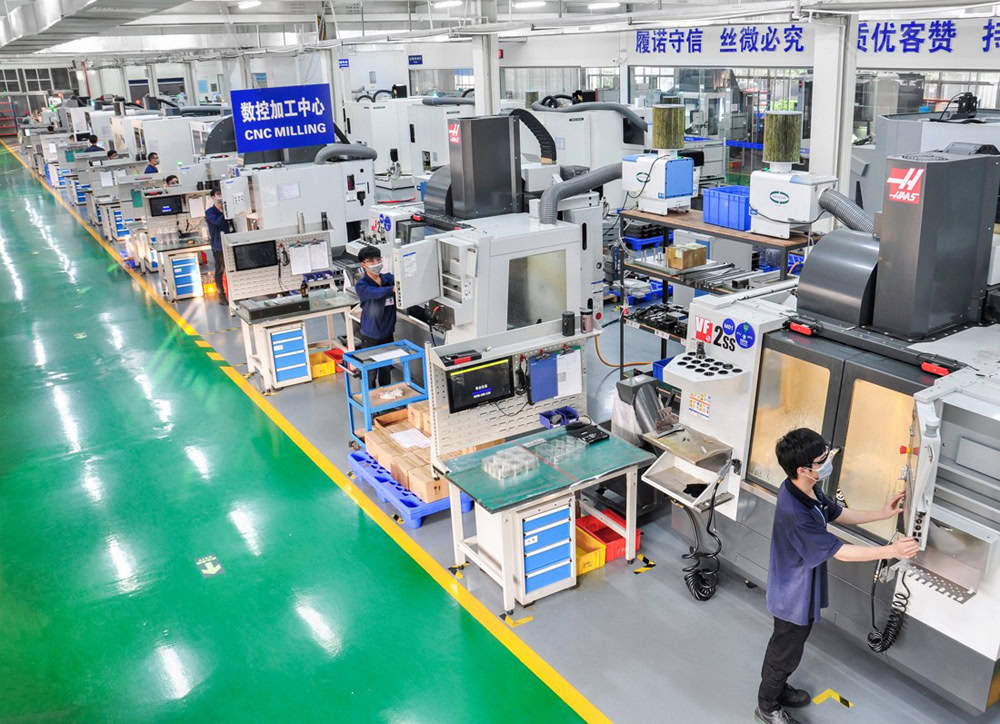
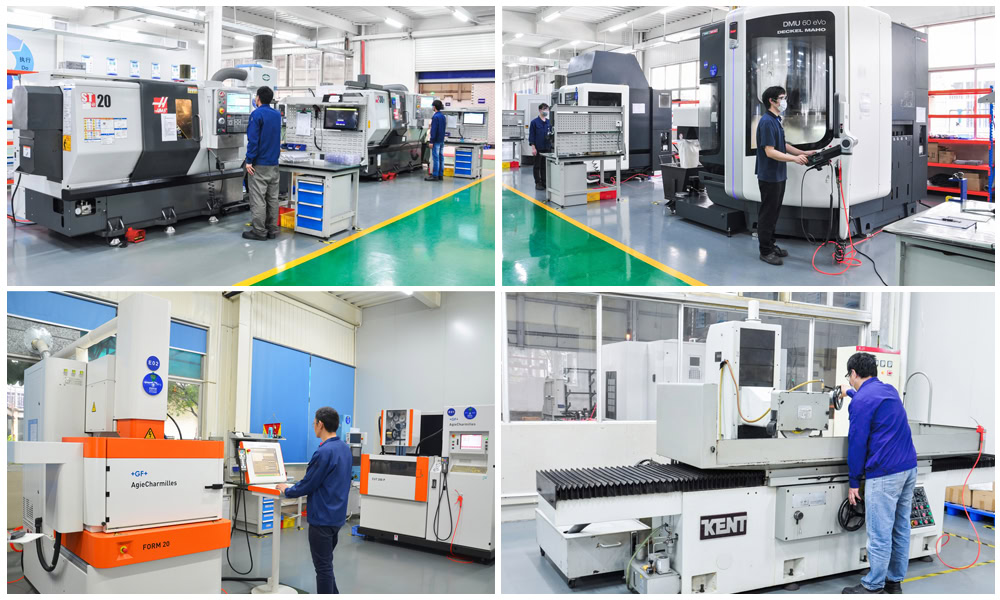
Cold heading: Cold heading is to apply impact force to titanium wire or titanium rod through a mold at room temperature, so that it undergoes plastic deformation in the mold cavity, thereby forming and manufacturing titanium pins in one go. It is suitable for manufacturing large quantities of small-sized titanium pins. Cold heading has the advantages of high efficiency, high material utilization, high dimensional accuracy and good surface quality.
Finishing Services
Anodizing: Anodizing is the process of placing a titanium pin as an anode in a specific electrolyte and forming an oxide film on its surface by applying an external current. In a sulfuric acid electrolyte, the voltage is controlled at 10-20V and the temperature is controlled at 15-25℃ to form an oxide film with a thickness of 1-5μm. This oxide film can not only improve the corrosion resistance of the titanium pin, but also make it present different colors, such as golden yellow, blue, etc., by adjusting the process parameters, to increase the aesthetics and decorativeness.
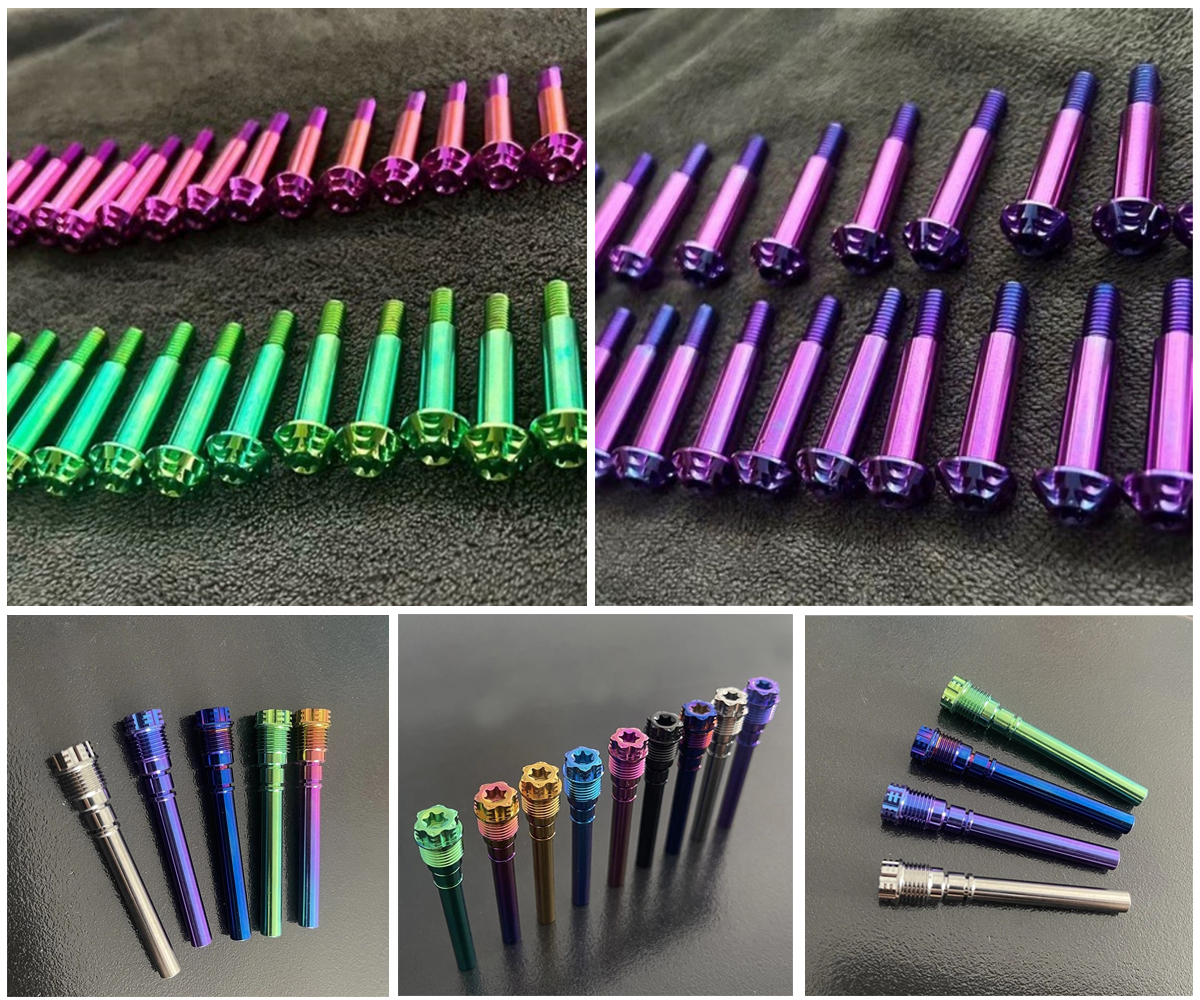
Chemical plating: Chemical plating is to reduce and deposit metal ions in the metal salt solution on the surface of the titanium pin by using a reducing agent without applying an external current to form a metal coating. For example, in chemical nickel plating, in a plating solution containing nickel salt, a reducing agent (such as sodium hypophosphite) and a chelating agent, the catalytic active sites on the surface of the titanium pin will trigger a reduction reaction, causing nickel ions to deposit on the surface to form a uniform nickel coating. The chemical nickel plating layer has good corrosion resistance, wear resistance and conductivity, which can improve the performance of titanium pins in special environments. It is often used for connecting titanium pins in electronic components and protecting the surface of titanium pins in automotive sensors.
Coating: A functional coating is applied to the surface of the titanium pin by physical vapor deposition (PVD) or chemical vapor deposition (CVD). PVD methods such as vacuum evaporation coating and sputtering coating can deposit titanium nitride (TiN) and titanium carbide (TiC) coatings on the surface of the titanium pin. These coatings have high hardness, low friction coefficient and good wear resistance, which can significantly improve the service life of the titanium pin. CVD uses gaseous metal compounds to decompose under high temperature and catalyst to deposit on the surface of the titanium pin to form a coating, which can produce high-quality coatings with strong bonding to the substrate, but the cost is relatively high.
Titanium Pin Application
Aerospace: For example, in the connection between compressor blades and impellers, titanium pins play a vital connecting role. When the compressor rotates at high speed, the blades are subjected to huge centrifugal force, aerodynamic force and vibration load. Titanium pins need to have high strength, high fatigue resistance and good high temperature resistance to ensure that the connection between the blades and the impeller is stable and reliable. Titanium pins made of Gr5 titanium alloy can meet these stringent requirements and ensure long-term stable operation of the engine in harsh environments of high temperature, high pressure and high speed.
Orthopedic implants: Titanium pins are often used in fracture fixation and joint replacement surgeries. For example, in the fixation of bone plates to bones, titanium pins firmly fix the bone plates to the bones to help the fracture site heal. Titanium has good biocompatibility, does not cause immune rejection in the human body, and its strength can meet the mechanical requirements of bone fixation, making it an ideal material for orthopedic implants.
Racing (motorcycle): In the manufacture of racing cars, in order to pursue the ultimate performance, the lightweight and high-strength requirements of parts are extremely high. Titanium pins are widely used in key parts such as the suspension system, engine and transmission system of racing cars. Withstand the huge impact and vibration generated by the high-speed operation of the engine, while reducing the weight of the engine and improving the power-to-weight ratio.
Electronic equipment: Titanium pins are often used for miniaturized and lightweight component connections. For example, the internal structural parts of smartphones are connected, and the motherboard and shell of laptops are fixed. The high strength and corrosion resistance of titanium pins ensure the reliability of the connection parts of electronic devices during daily use and frequent opening and closing.
Sports: Titanium pins are also widely used in the manufacture of high-end sporting goods, such as bicycles, golf clubs, tennis rackets, etc. In bicycles, titanium pins are used to connect frame components, reducing the weight of the bicycle and improving riding comfort and handling. In golf clubs, titanium pins are used to fix the club head and shaft. Their high strength and good elasticity can improve the hitting performance and provide athletes with a better user experience.
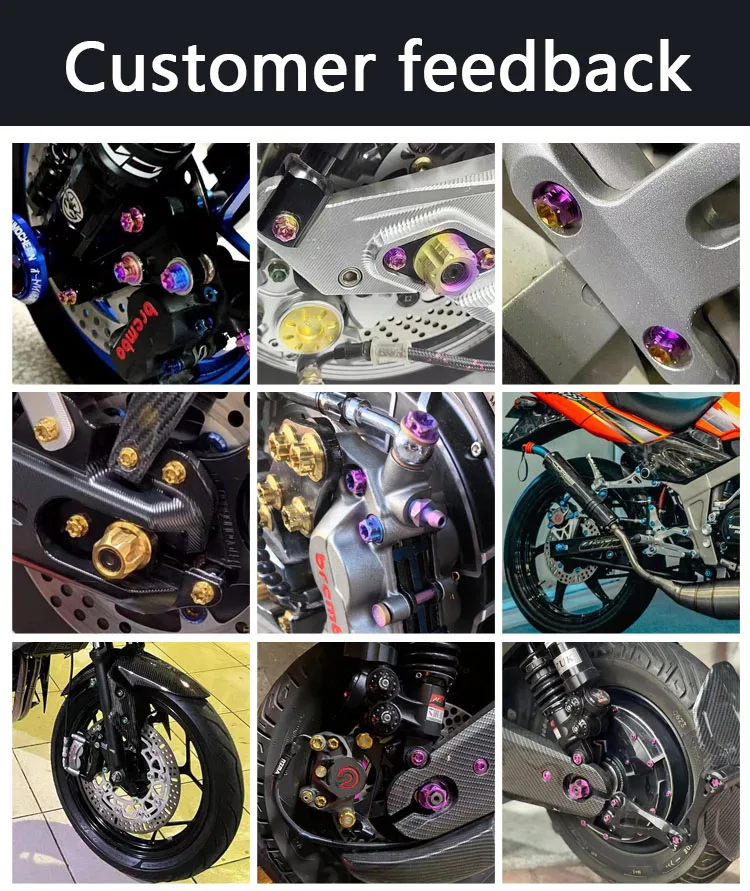
Titanium pins, as a high-performance metal connector, have demonstrated irreplaceable importance due to their wide application in many fields such as aerospace, medical devices, and automobile manufacturing.
Related products
-
Titanium Fasteners
Titanium Fasteners For Bicycles
-
Titanium Fasteners
Anodized Colored Titanium Fasteners
-
Titanium Fasteners
Anodized Titanium Nut
-
Titanium Fasteners
Colored Titanium Washers
-
Titanium Fasteners
Colored Automotive Titanium Bolts
-
Titanium Fasteners
Colored Gr5 Manifold Titanium Bolts
-
Titanium Fasteners
Colored Titanium Springs
-
Titanium Fasteners
Burnt Titanium Wheel Bolt
